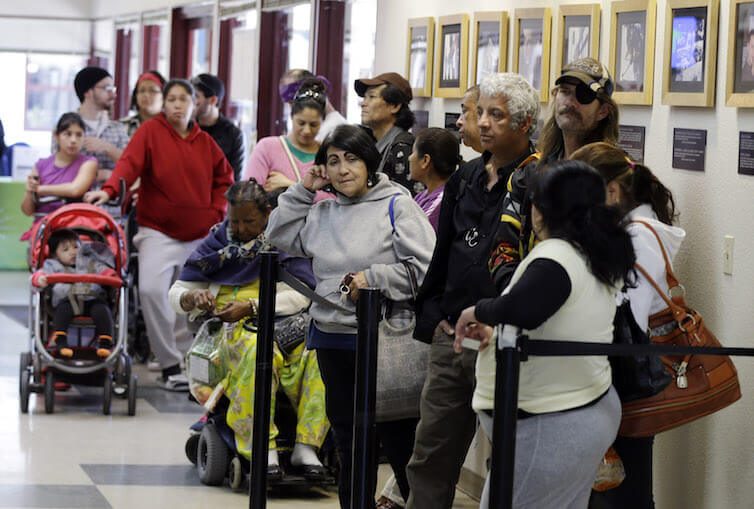The forces behind the highly unequal U.S. wealth distribution

The Federal Reserve’s Survey of Consumer Finances release last week reported that 38.6 percent of wealth in the United States was owned by the top 1 percent of families in 2016. The wealth distribution in the United States has always been incredibly skewed toward the wealthiest, with the share going to the top 1 percent moving up from 36.3 percent in 2013. Mathematical models of wealth distributions, however, have had a hard time accounting precisely for this “fat right tail” at the top of the U.S. wealth distribution. What key factors explain this continuing concentration of wealth?
Two papers released today as part of the Equitable Growth Working Paper series give us some guidance on the forces that have led to such an unequal wealth distribution in the United States. The first of the two papers, by Jess Benhabib and Alberto Bisin of New York University, gives an overview of previous research looking at the causes of wealth inequality. These mathematical and macroeconomic models have, in the past, fallen short of recreating the distributions of wealth we actually see in the world. The problem is that they fail to identify the high concentration of wealth among the very wealthy.
Benhabib and Bisin highlight three broad mechanisms or explanations that have been the focus of previous research and consider how much they could help explain this “fat tail” of wealth concentrated at the right side of distributional graph. The first mechanism deals with income inequality and how that arises from shocks to individuals’ earnings. The second is related to capital income risk, or differences in the rate of return on investments at different levels of wealth. The third factor is “explosive” wealth accumulation, asking whether or not savings rates differ across the wealth or income distributions. Regarding the first mechanism, the authors steer us away from high levels of income inequality as a major driving force behind wealth inequality, as the distribution of wealth is far more unequal than the distribution of income across the U.S. population. The other two factors, as the second paper shows, are more likely to explain the level of wealth inequality.
The second paper, by Benhabib, Bisin, and Mi Luo (also of NYU), is an attempt to parse out the influences of these three factors on U.S. wealth distribution. Using data from the Survey of Consumer Finances, as well as mobility data from previous research, the three economists use a model of consumption to recreate the wealth distribution. By varying the parameters in the model that account for income shocks and differences in returns and savings rates, the authors tease out the importance of each factor.
They find, in short, that differences in the rate of return on capital and in savings rates are the main factors explaining the distribution of wealth in the United States. As suggested by the first paper, the differences in income caused by shocks don’t explain much—though shocks do contribute significantly to mobility up and down the rungs of the wealth ladder.
The differences in savings rates—documented elsewhere in research by University of California, Berkeley economists Emmanuel Saez and Gabriel Zucman—are motivated by a desire to pass wealth down to children. If this is true, then an inheritance tax may do quite a bit to reduce wealth inequality. Citing other research on differences in returns on capital, the authors note that the variances in returns are high for housing, business ownership, and private equity investments. The role of housing may be key in explaining the differences in wealth, not only among the entire population but between racial groups as well.
While the rise of income inequality has inspired a great deal of research on its causes, the economic literature on wealth inequality is relatively sparse. The new findings in these papers are an important guide for future research in this area. Understanding why wealth inequality is so high may very well help us understand its effects on our economy.

